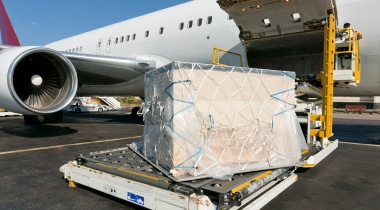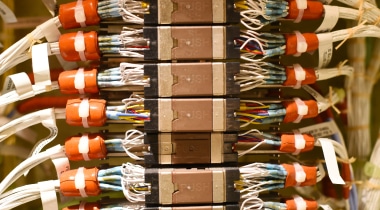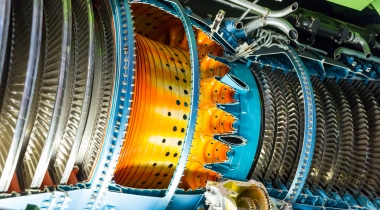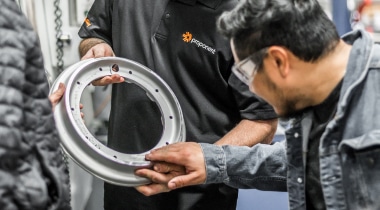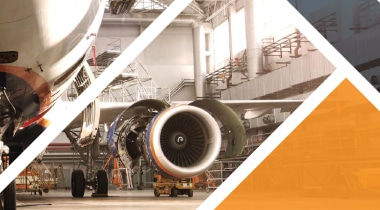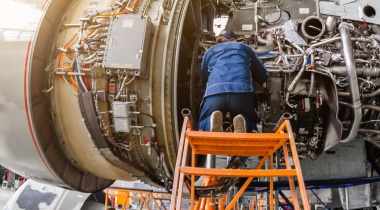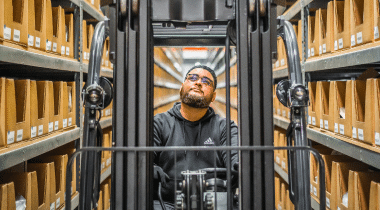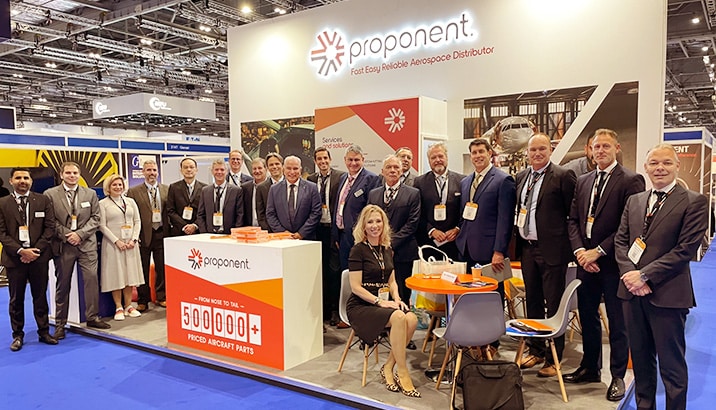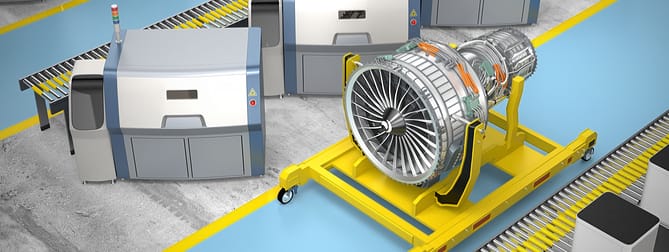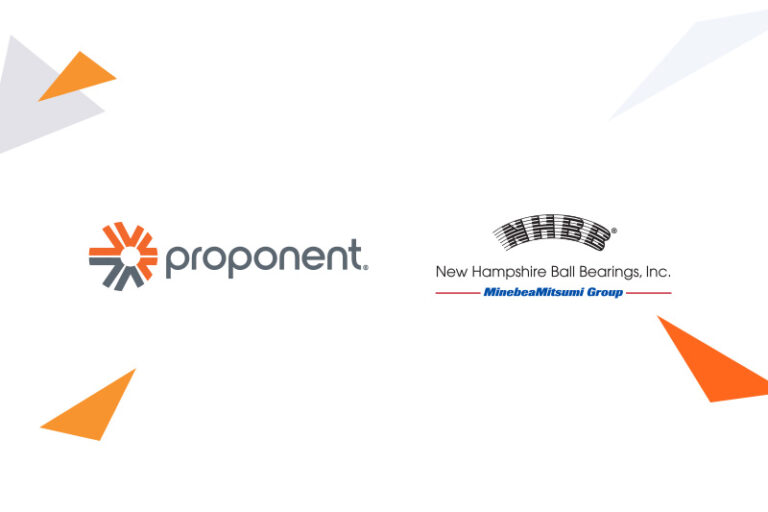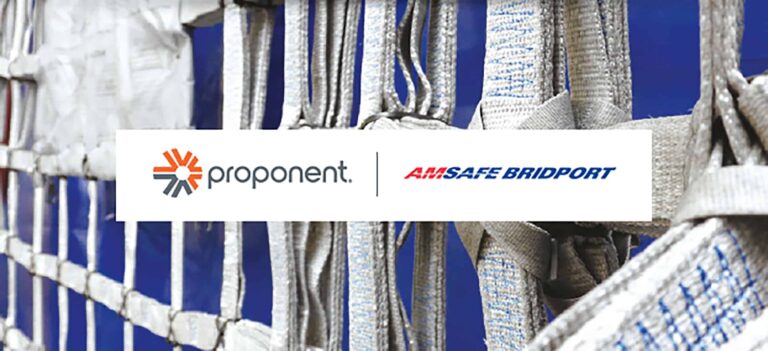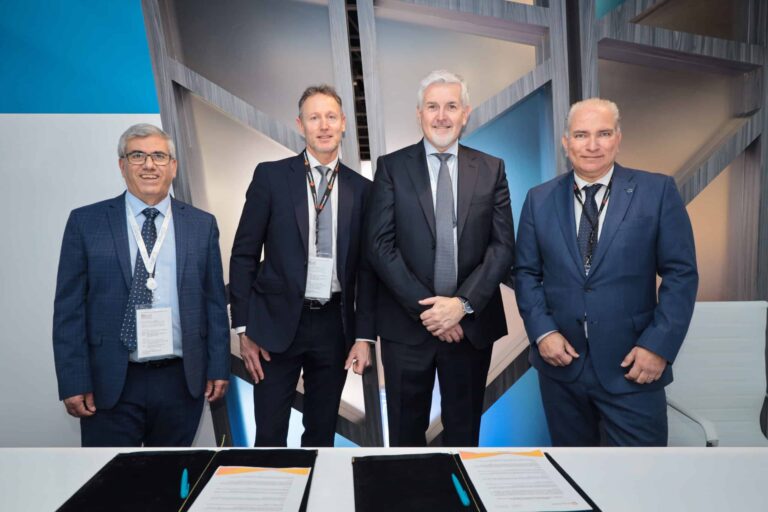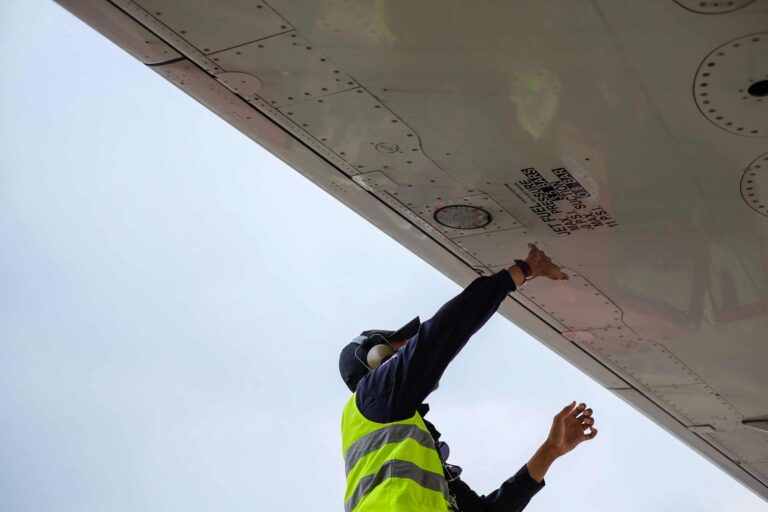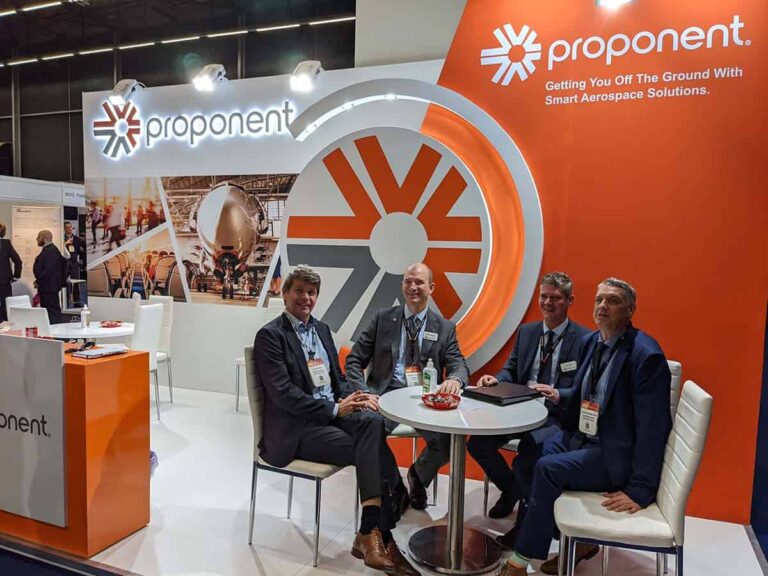Additive manufacturing is the process of creating an object by stacking ultrathin layers of materials on top of one another. This can be used to create singular hand-held parts, or bulkier aircraft pieces. Different from traditional subtractive manufacturing where a block of material is cut away to leave the object, additive manufacturing doesn’t create inherent waste. This technology, which is like 3D printing but on a larger scale, has the potential to revolutionize the way planes and aircraft parts are made, while lowering costs – innovating the aerospace industry like never before. In fact, the global aircraft MRO market is predicted to expand steadily in part due to the potential of additive manufacturing.
3D Printing in Aerospace
This past year, Airbus, in partnership with Rolls-Royce, revealed plans to build the Trent XWB-97 engine for use in the A350-1000, making it the first aircraft engine containing components created using additive manufacturing. This engine, deemed by Rolls-Royce to be the “most efficient civil aircraft engine,” has an aero engine structure formed through this new manufacturing method. In November, the Airbus A350-1000 flew its first successful test flight, a four-hour 14-minute duration around Toulouse, using this 3D printed piece. But Airbus isn’t the only major manufacturer making waves with this new technology.
Implications for the Future of Production
Over the summer, Boeing, in conjunction with Oak Ridge National Laboratory, made news for earning a Guinness World Record for the largest, single-piece, solid object created using additive manufacturing. The piece, a 777x wing trim tool used for creating the wings of the next generation of 777 planes, was “printed” in a mere 30 hours. This is in vast contrast to the three-month average it takes to create this tool using traditional manufacturing methods. The incredible reduction in time this process took has massive implications for an industry with tight timelines and that, in recent years, has been plagued by the fallout from manufacturing delays. AOG timelines could almost vanish with this technology that allows almost on-demand part creation for companies in need.
Beyond scheduling, additive manufacturing also has incredible environmental implications. The process of 3D printing can be very resource efficient, utilizing only the material needed for a particular part. This contrasts with traditional manufacturing, in which even the leanest of facilities creates waste in the form of leftover and unused materials. Because the component is being designed from scratch and the material is only added where needed, there is no excess leftover. Additionally, additive manufacturing allows for smaller production orders. As Matthew Timms of World Finance explains, “Whereas the traditional supply chain relies on the efficiencies of mass production and requires a high volume of assembly workers, additive manufacturing needs little more than the necessary raw material to fulfill any one order and the necessary blueprint to produce it.” There is no need for bulk orders when machinery can be just as efficient with each individual order.
This type of 3D printing also allows for advances in overall design and engineering of the industry. Intricate prototype designs that were unable to be produced with traditional manufacturing for various reasons may overcome their production obstacles with the additive technique. With subtractive manufacturing, certain materials, like metal, may become weaker when hollowed or thinned out, or even have vulnerable connection points where two separate components were joined together. Additive manufacturing allows for one solid piece that is stronger as a whole. Individual printing and designing can also allow for lower risk testing of blueprints as single parts can be composed, constructed and evaluated much quicker and cheaper. Quality Assurance can also be checked more easily with less risk because a bad part doesn’t have to mean a whole warehouse floor is now unusable product. What once took months of curating can now take hours. This allows engineers to focus on maximizing performance and reliability, without worrying about manufacturing time or hoop-jumping with machinery.
Additive Manufacturing and the Supply Chain
Additive manufacturing is another incoming technology with amazing implications for all sectors of the aerospace supply chain. With on-site 3D printers, suppliers can create highly customized aircraft parts with much less waste of time and resources. The speed at which these parts can be manufactured in this way also allows for less overstock and overhead when creating these customized pieces. This technology allows for a wider range of materials and designs to be used, which can in turn reduce weight of different parts. This reduced weight can create lower costs that trickle down the supply chain and lower fuel usage that will help the environment. Additive manufacturing also has the potential to create a digital supply chain that offers files to manufacturers rather than physical items, helping to alleviate disruptions in the chain. And, as manufacturers, companies, and airlines adapt to absorb new technologies like 3D printing, Proponent, formerly known as Kapco Global, will continue to do the same. We pledge to stay on the frontlines of the aerospace industry in every way.

